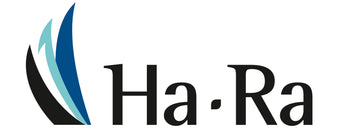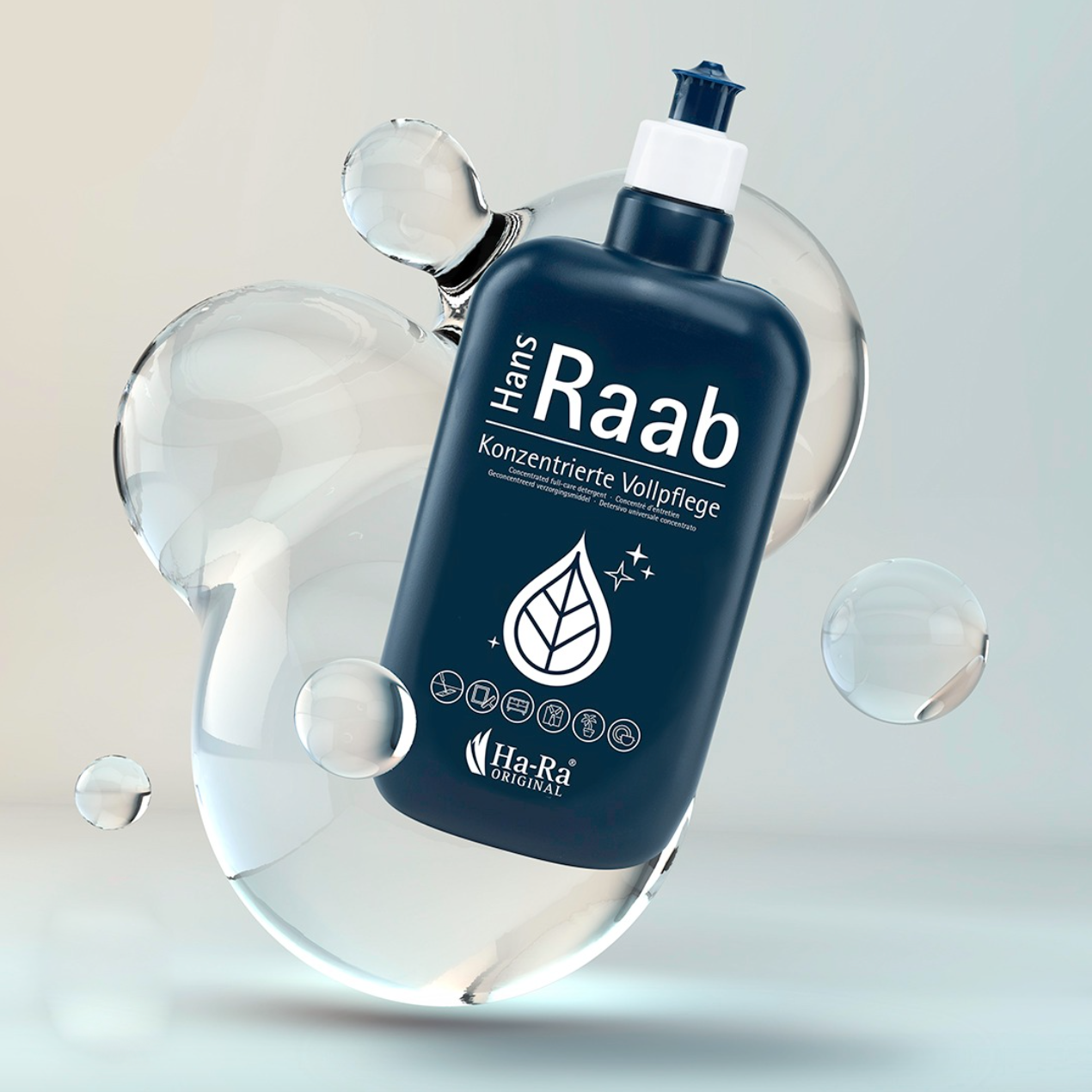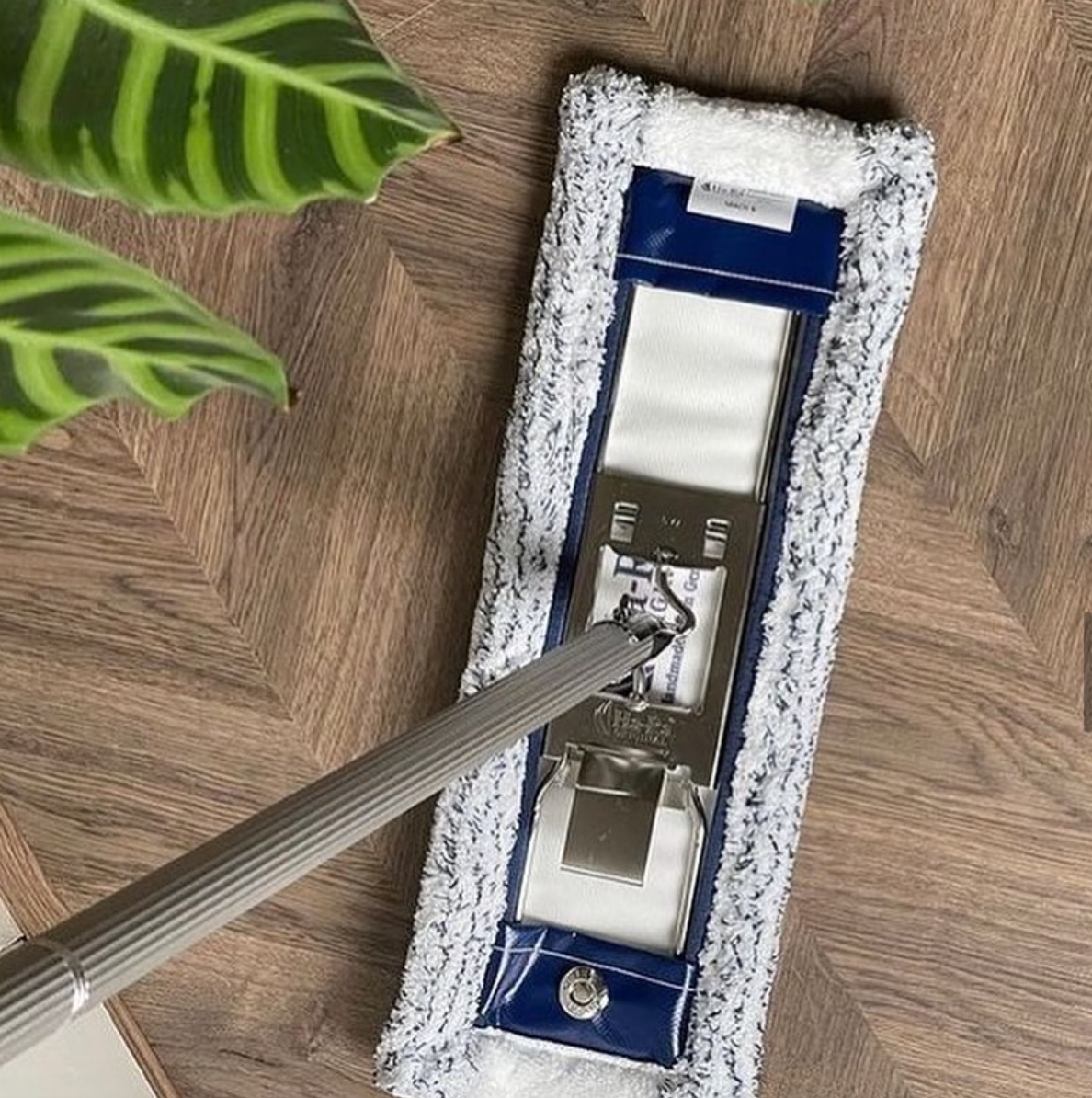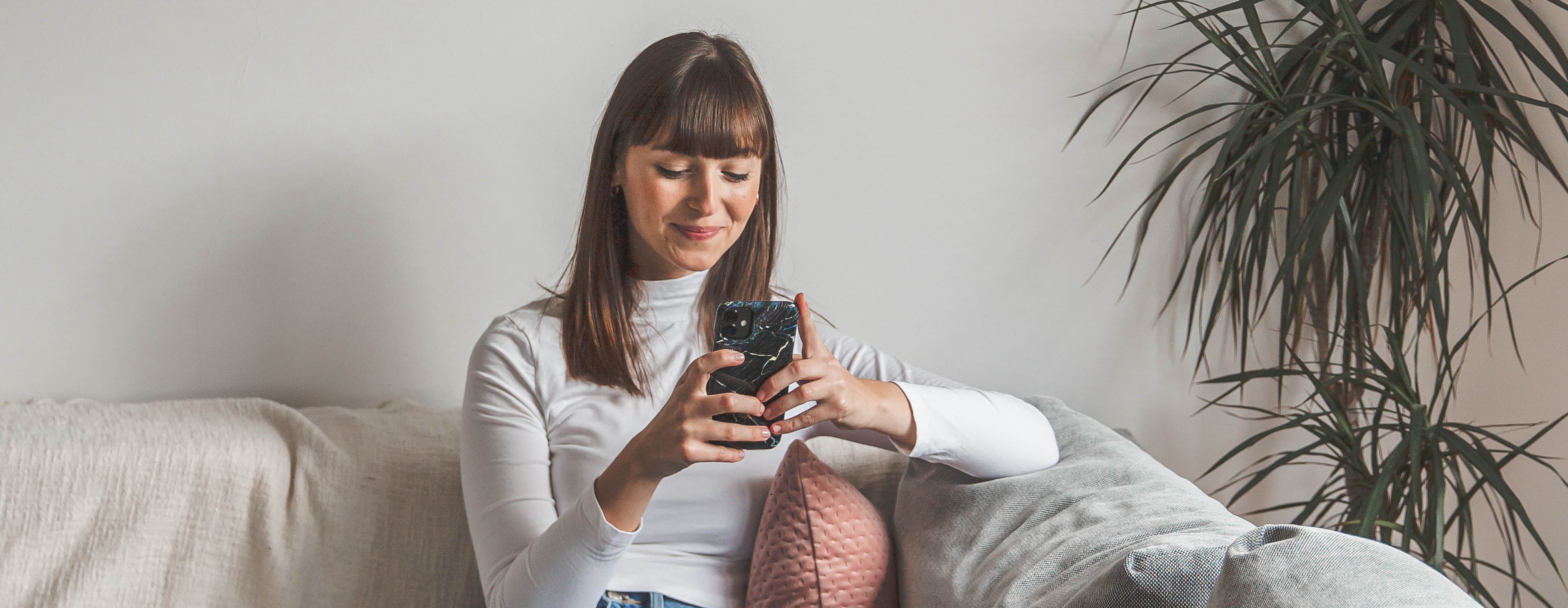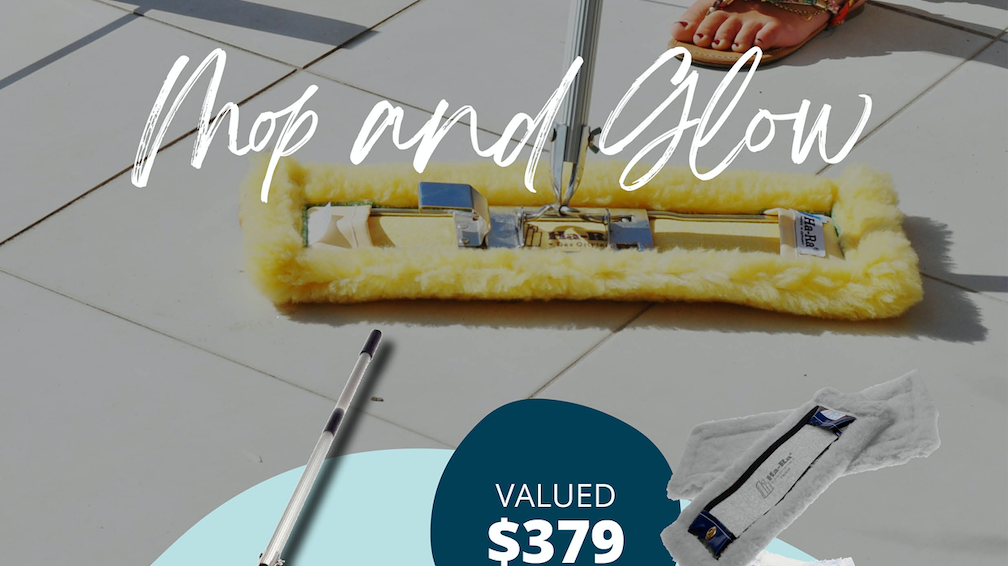Floor cleaning is near the top of the list of the most time-consuming household activities.
Whether you are cleaning timber or tiles, we recommend that you first clean the area with a pre-cleaner or Dusting Floor Pad. This allows the fibres to take up any loose dust and debris that is flying around, which may cause streaks when you use the moist Floor Cleaning Pad to follow up.
It's an important job to have, and it's not a big deal in the larger scheme of things; but, doing it on a Saturday afternoon is not the most delightful way to spend your time. However, things have altered in recent years. Customers are no longer limited to purchasing merely a bucket and a string mop; instead, they now have access to a wide range of floor mop designs, each with its own set of benefits and drawbacks. We've produced a list of our top selections for your Floor Cleaning Starter Kit, ranging from the Floor Cleaning Kit for timber to the Floor Cleaning Kit for tiles, to help you make the best decision.
Steam mops can be difficult to use and may not be ideal for all surfaces in the home, so check the suitability with your surfaces, such as timber or tiles. They are powered by electricity, and the cord may get in the way of your cleaning. Spray mops and spin mops are heavy-duty cleaning appliances made of inexpensive plastic. Traditional spray and spin mops have no flaws, but they must be replaced more frequently than a stainless steel Floor Cleaning System. These mops do not have the same cleaning power as the high-quality fibres on the market. When tested, they frequently just transport dirt from one location to another since the fibres themselves lack a powerful absorption function.
Steel Cleaning Mops are a little heavier than standard plastic mops, but they last almost as long. They have been commercially demonstrated to last and are becoming increasingly popular in personal houses due to their endurance.
Do you know the most vital component of cleaning your floors? The majority of cleaners believe they know how to mop a floor and think all they need to do to address their cleaning problems is add additional detergent or disinfectant. Extra soap will not assist clean your floors because it will often create a layer on top of the filth and grime that is already present. To get a clean and streak-free finish, it is critical to scrub the surface of any residue. A few drops of a ph neutral floor cleaner are all that is needed to achieve the desired results.
When it comes to thoroughly cleaning your timber or tile flooring, there are three steps you should consider. The remedy does not consist of using extra soap or a ph neutral floor cleanser. Many individuals mistakenly believe that adding detergent to water will make it more effective. Soap only helps with greasy and dirty surfaces, such as those in the kitchen or bathroom.
When you pour dirty water into a sink, for example, the dirt does not adhere to the sink and instead flows down the drain. This is due to the manner in which the water is treated using the ph neutral floor cleanser. When you mop, the water you use becomes filthy, whether it is on the floor, on the floor cleaning pad, or in the mop bucket. Additional soap will not force more water into the mop pad or lift dirt into the water, thus all you will be able to do is spread dirty water around.
If you don't absorb all of the soapy water on the floor, you won't be able to remove all of the filth and soap residue, which might result in streaks on your floor.
When cleaning your floors, there are usually only two causes of stains.
Because of the popular belief that "wet equals clean," many cleaners use an excessive amount of detergent on the floor. They then fail to thoroughly rinse out their floor cleaning pad, resulting in a mop pad that is entirely saturated with detergent rather than clean water. Remember, the fibres clean themselves! If you continue to mop the floor with a soiled mop pad, you will wind up spreading the dirt rather than picking it up. Furthermore, the contaminated water will dry on the floor. When faced with a particularly unclean or porous floor, just rinse your floor cleaning pad more regularly to allow it to absorb the dirt and grime rather than transporting it from one location to another. Avoid leaving a large volume of dirty water on the floor. If you use a squeeze bucket, you can easily accomplish this. The bucket aids in rinsing and squeezing the Floor Cleaning Pads to ensure they hold the appropriate amount of water.
You may be confident that your Floor Cleaning Kit for timber will continue to clean and absorb properly if you follow these simple procedures.
The Squeeze Bucket, which is available in conjunction with the Tile Floor Cleaning Kit, is optional. The Floor Cleaning Pads can also be rinsed in the sink. Simply dampen the Floor Cleaning Pad and wring it out. We recommend inspecting the pad depending on how dirty your floor is. If you clean your floors once a week, you should only have to rinse your pad once or twice for a small unit or three or four times for a larger residence. The Floor Cleaning Pads included with the Floor Cleaning Starter Kit can be used for both dry and damp cleaning. The Floor Cleaning Starter Kit's Floor Cleaning Pads may be quickly and simply replaced.
Use the white microfibre test! The Floor Pads that come with the Tile and Timber Floor Cleaning Kits contain a white portion in the cleaning pad. This also allows you to see how unclean your floors are. Simply wipe the fibre pad on the floor to test the colour. If the pad has a dark grey colour, you may need to practise on your technique.
Even with your best efforts, some floors cannot be mopped in the traditional manner.
This is frequently the case with non-slip floors around pools or on balconies. The Hedgehog Floor Cleaning range, which is part of the Floor Cleaning Kit for tiles, is the only one that can handle these surfaces.You won't need any extra equipment to clean your floors if you use a high-quality microfibre cleaning system, and you can use these pads on a variety of different surfaces. There are numerous fibre cleaning pads and cotton cleaning pads available to meet all of your cleaning needs. Microfibres are frequently superior to cotton because they can absorb more dirt and water. They are also significantly lighter than cotton. Microfibre Cleaning Pads may be thoroughly cleaned with simply water, negating the need for any chemical cleaning agents.
